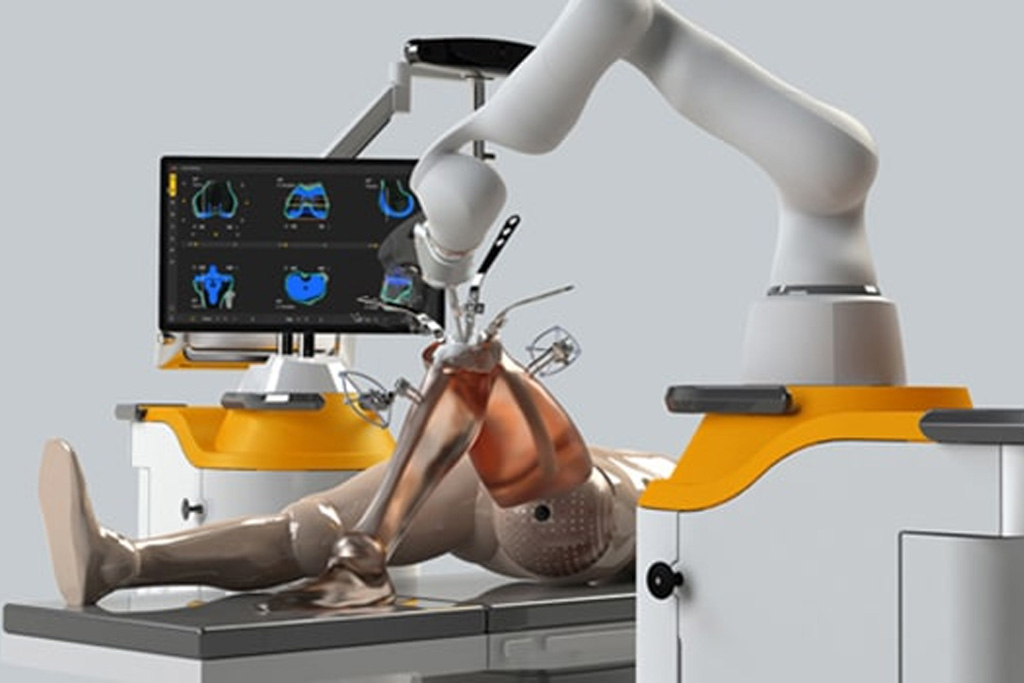
Sports and physical activity are essential for maintaining a healthy lifestyle, building strength, and relieving stress. However, whether you're a seasoned athlete or a weekend enthusiast, you're always at risk of injuries. From minor sprains to serious ligament tears, sports injuries can significantly impact performance and long-term mobility if not treated properly.
Understanding the most common sports injuries and learning how to prevent them is crucial. And when injuries do occur, timely treatment from the Best Orthopaedician in Aligarh at the Best Multispecialty Hospital in Aligarh can make all the difference in recovery.
What Are Sports Injuries?
Sports injuries refer to physical trauma sustained during exercise, sports, or physical activity. They typically affect the musculoskeletal system, which includes bones, muscles, tendons, ligaments, and joints.
Some injuries result from accidents, while others stem from poor training practices, improper gear, or overuse.
Common Sports Injuries
1. Sprains and Strains
-
Sprains involve the stretching or tearing of ligaments (connects bone to bone).
-
Strains involve muscles or tendons (connects muscle to bone).
Common areas: ankle, knee, wrist, hamstring.
Symptoms: Swelling, pain, bruising, difficulty moving the affected joint.
Prevention Tips:
-
Always warm up before activity.
-
Stretch regularly to improve flexibility
-
Strengthen core and stabilizing muscles.
2. Knee Injuries
The knee is one of the most vulnerable joints. Common injuries include:
-
ACL tears (common in football, basketball)
-
Meniscus tears
-
Patellar tendinitis ("jumper’s knee")
Symptoms: Pain, instability, swelling, inability to bear weight.
Prevention Tips:
-
Avoid sudden twisting motions.
-
Use proper footwear with good support.
-
Include balance and agility drills in your training.
For severe cases, consult the Best Orthopaedician in Aligarh for a personalized recovery plan.
3. Shin Splints
Pain along the front of the lower leg, often due to overuse in running or jumping activities.
Symptoms: Aching, throbbing, or tenderness along the shinbone.
Prevention Tips:
-
Gradually increase intensity of training.
-
Wear proper shoes with good shock absorption.
-
Cross-train to avoid repetitive strain on one area.
4. Tennis Elbow (Lateral Epicondylitis)
Caused by repetitive motion of the wrist and arm, not limited to tennis players.
Symptoms: Pain and weakness in the elbow and forearm, especially during gripping.
Prevention Tips:
-
Use proper equipment size and weight.
-
Strengthen forearm muscles.
-
Rest and ice after intense activity.
5. Dislocations and Fractures
High-impact sports can lead to dislocated joints (shoulders, fingers) or bone fractures.
Symptoms: Visible deformity, severe pain, swelling, loss of function.
Prevention Tips:
-
Wear protective gear (helmets, padding).
-
Avoid risky moves or improper landing techniques.
-
Strengthen muscles around joints for support.
If you suspect a fracture or dislocation, seek emergency care at the Best Multispecialty Hospital in Aligarh, which is equipped to handle orthopedic emergencies.
6. Back Pain and Spinal Injuries
Back pain is common in contact sports or those involving heavy lifting (e.g., wrestling, gymnastics).
Symptoms: Stiffness, pain during movement, muscle spasms.
Prevention Tips:
-
Strengthen the core and lower back muscles.
-
Maintain proper posture during workouts.
-
Avoid overtraining.
General Prevention Tips for All Athletes
While the nature of sports varies, here are universal tips to prevent injuries:
Warm-Up and Cool-Down
A 10-minute warm-up boosts circulation and preps muscles. A cool-down helps the body recover and reduces soreness.
Stay Hydrated
Dehydration can lead to cramps, fatigue, and decreased coordination.
Use the Right Equipment
Wear sport-specific gear that fits well and offers proper support.
Avoid Overtraining
Rest days are just as important as workout days. They help your body repair and grow stronger.
Cross-Train
Varying your activities prevents overuse injuries and enhances total body fitness.
When to See a Doctor
Not all sports injuries require emergency care, but you should seek professional help if you experience:
-
Persistent pain or swelling
-
Inability to move a joint
-
Numbness or tingling
-
Signs of infection (redness, heat, fever)
-
Pain that worsens with activity
The Best Orthopaedician in Aligarh can accurately diagnose and treat your condition using physical exams, X-rays, or MRIs. Getting care at the Best Multispecialty Hospital in Aligarh ensures access to advanced imaging, physiotherapy, surgical expertise, and rehabilitation under one roof.
Role of the Best Orthopaedician in Aligarh
Orthopaedic specialists handle both surgical and non-surgical treatments for sports injuries. Their services may include:
-
Injury assessment and diagnosis
-
Casting or bracing for fractures
-
Minimally invasive procedures (arthroscopy)
-
Rehabilitation plans with physiotherapists
-
Preventive guidance for recurring injuries
At the Best Multispecialty Hospital in Aligarh, you receive holistic orthopedic care—from diagnosis to full recovery—tailored to your lifestyle and sport.
Final Thoughts
Sports injuries are a part of an active life, but many are avoidable with the right precautions. Understanding your body’s limits, following proper techniques, and seeking timely care can help you stay in the game longer.
If you do get injured, don't ignore the pain. Consult the Best Orthopaedician in Aligarh at the Best Multispecialty Hospital in Aligarh to ensure expert treatment and a swift recovery. Whether you're a professional athlete or a fitness enthusiast, your health and mobility are worth protecting.
Comments on “Common Sports Injuries and How to Prevent Them”